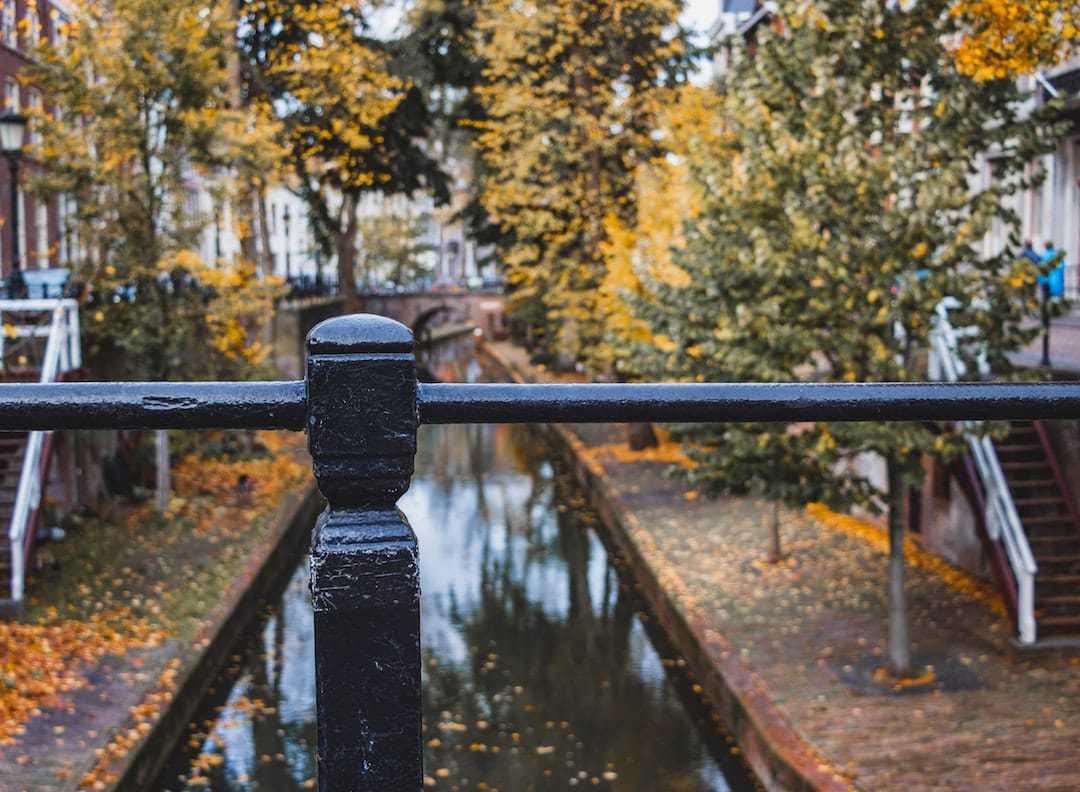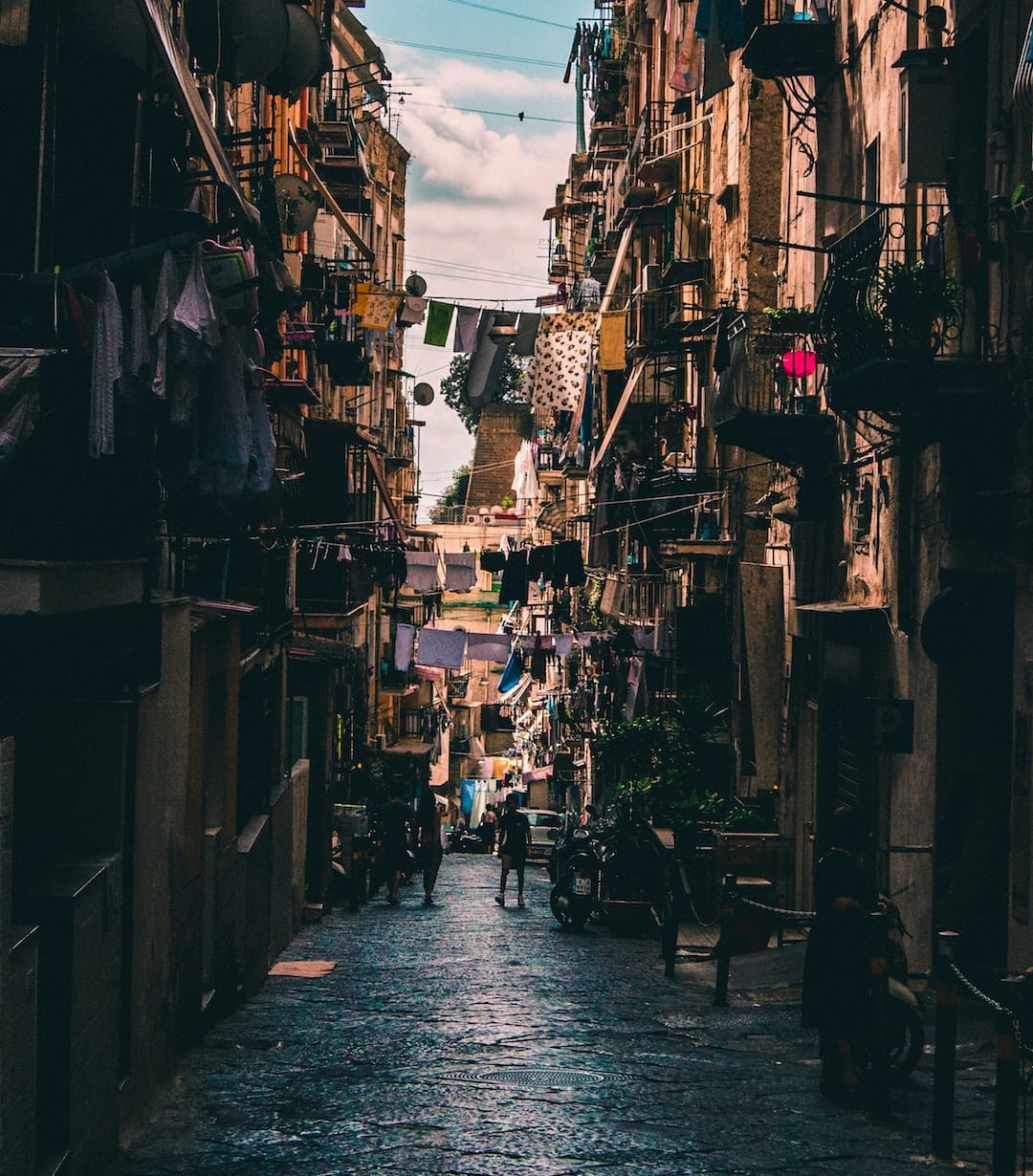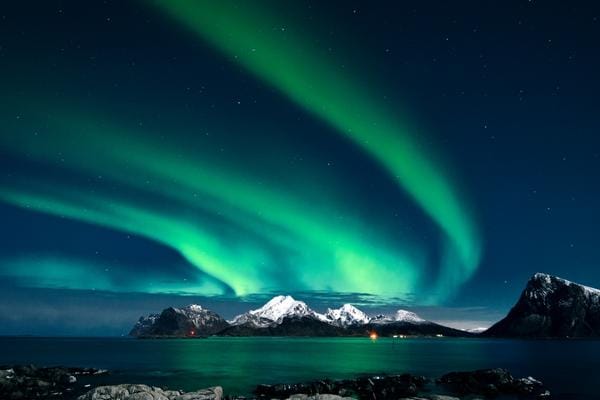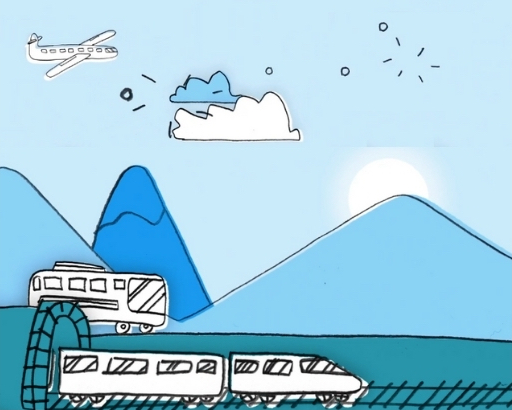For many people, taking a city break will involve a flight. But it doesn’t have to. We explore how to reach your favourite city break destination without flying.
We are so lucky that the huge variety offered by continental Europe is right on our doorstep. Travelling overland might seem longer, but once you’ve factored in transfers, baggage claim and check-in time, air travel doesn’t work out as quick as you think. In any case, the beauty of overland travel is that the journey is part of the destination. So sit back, relax and enjoy the ride!

Utrecht, Netherlands
Unsurprisingly for the fourth biggest city in the Netherlands, Utrecht is packed full of bicycles and waterways. The city has all the charm of the Dutch – from the Miffy Museum to the Hagelslag (chocolate sprinkles) on sale in every supermarket – but with much more tranquility than the capital, Amsterdam.
For perfect peace and quiet, walk along the low-level canals or hire a paddle boat and admire the characteristic wharf cellars housing waterside cafes. Stop off at a ‘pannenkoeken’ restaurant for a Dutch crepe; we recommend De Oude Muntkelder which has over 80 varieties (try the Dutch pancake with hot cherries, vanilla ice-cream, cherry liqueur and whipped cream), in addition to gluten free and vegan batters.
From anywhere in the city, travellers can see the oldest and highest church tower in Holland, Dom Tower. Another highlight is the Oude Hortus, a natural oasis in the city centre which was the former botanical garden of Utrecht university.
Getting there
Despite how easy and cheap it is to get to the Netherlands without flying, London to Amsterdam is the second busiest flight route in Europe! There are plenty of options for getting to Utrecht:
By train: Take the Eurostar direct from London to Rotterdam/Amsterdam, then change to a local train to Utrecht. Dutch trains are frequent, cheap and efficient.
By ferry: Three ferry routes operate between the UK and the Netherlands: Stena Line from Harwich to Hoek van Holland, P&O from Hull to Rotterdam or DFDS from Newcastle to Amsterdam.
By coach: Coaches travel overnight from London Victoria to Utrecht Centraal Station.

Prague, Czech Republic
Prague is known for its eclectic architectural mix: Romanesque chapels, Art Nouveau buildings, Baroque palaces and Cubist architecture. But it's probably most well known for being the venue of choice for stag parties and birthday weekends – not surprising since it’s known for having the best and cheapest beer in Europe!
There’s no shortage of beer gardens in the city, but don’t miss a stop at Klasterni Pivovar brewery at the Strahov Monastery for a diverse and seasonal selection, including crisp wheat brews and special dark lagers. Not far from the brewery is the magnificent Prague Castle which, according to Guinness World Records, is the largest ancient castle complex in the world. Within its fortress lies a fascinating collection of historic buildings, including St. Vitus Cathedral, where travellers can view the red Lesser Town roofs from the tower, and St. George’s Basilica.
Getting there
By train: There are plenty of options, but the most affordable one might be to take an evening Eurostar to Brussels, then continue to Prague the next day. Alternatively, take a late morning Eurostar to Paris, a TGV to Zurich and then a Czech sleeper train overnight to Prague. By day trains, travel to Cologne or Berlin, stay overnight and then travel to Prague the next day, taking in the beautiful scenery along the river Elbe south of Dresden.
It’s also possible to go from the UK to Prague in one day (check out our Prague to Pembrokeshire in a day post!), although this does involve a tight connection in Brussels.

Bologne, Italy
Bologna, the city where golden light blankets cobblestone streets and accordion music mingles with local church bells, and home to the world-famous bolognese sauce. Relatively quiet in comparison to Venice, Florence and Rome, Bologna has an authentic charm. It houses the oldest university in Europe (established in 1088) along with 38 kilometres of arcades (the porticoes of Bologna) which provide charmingly romantic spaces to socialise, eat and browse.
Take a walk from the centre of town, through the 4 km Portico di San Luca all the way to the fascinating basilica Santuario di San Luca where elaborate biblical paintings adorn the domed roof. Entrance to the top is extra, but the view over Bologna is well worth it.
For traditional food and drink, head to the Mercato Ritrovato farmers’ market, held at the Cineteca di Bologna, where local producers from the Bologna territory sell seasonal and local produce, including fresh pasta and fish from the Adriatic Sea.
Getting there
By train: Eurostar to Paris, TGV to Turin then Frecciarossa 500 (Italian high-speed train) to Bologna, arriving early evening.

Berlin, Germany
The German capital has been attracting UK city-breakers for years because of its urban cool and rich history. It could also be that the city has no official closing time with events happening around the clock, throughout the year: live concerts, jazz clubs, cocktail bars and casinos.
Top attractions include Museum Island (don’t miss the bust of Nefertiti in the Neues Museum), the cathedral Berliner Dom and the Brandenburg Gate.
Everywhere you look in Berlin, you can feel the true weight of this city’s tumultuous past. To see what remains of the Berlin wall, visit the Bornholmer Straße border crossing (the first border to open on 9 November 1989), Checkpoint Charlie or the 1.3 km East Side Gallery, painted by 118 artists from 21 countries.
Mauerpark also contains a remnant of the wall; amble around the flea market in the park on Sundays for old records, instruments and bicycles, and if you’re brave enough, perform your favourite karaoke song in front of a couple of hundred people in the amphitheatre!
Getting there
By train: Take the Eurostar to Brussels, then take high-speed trains to Cologne and onwards to Berlin.
Most journeys can be booked through RailEurope.co.uk. For tips on how to travel and where to book, see seat61.com




